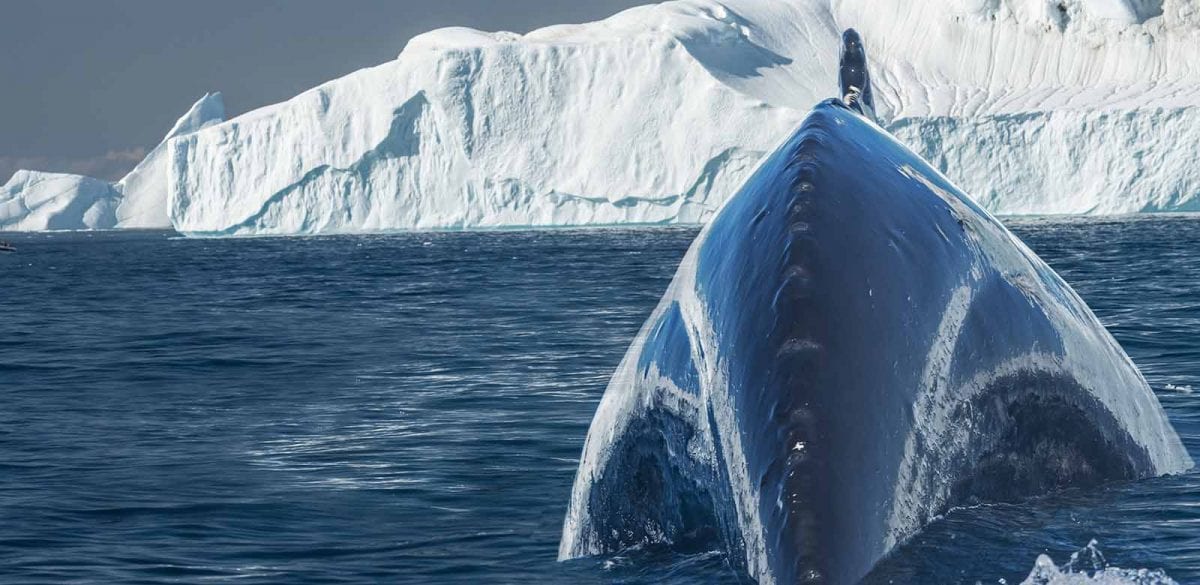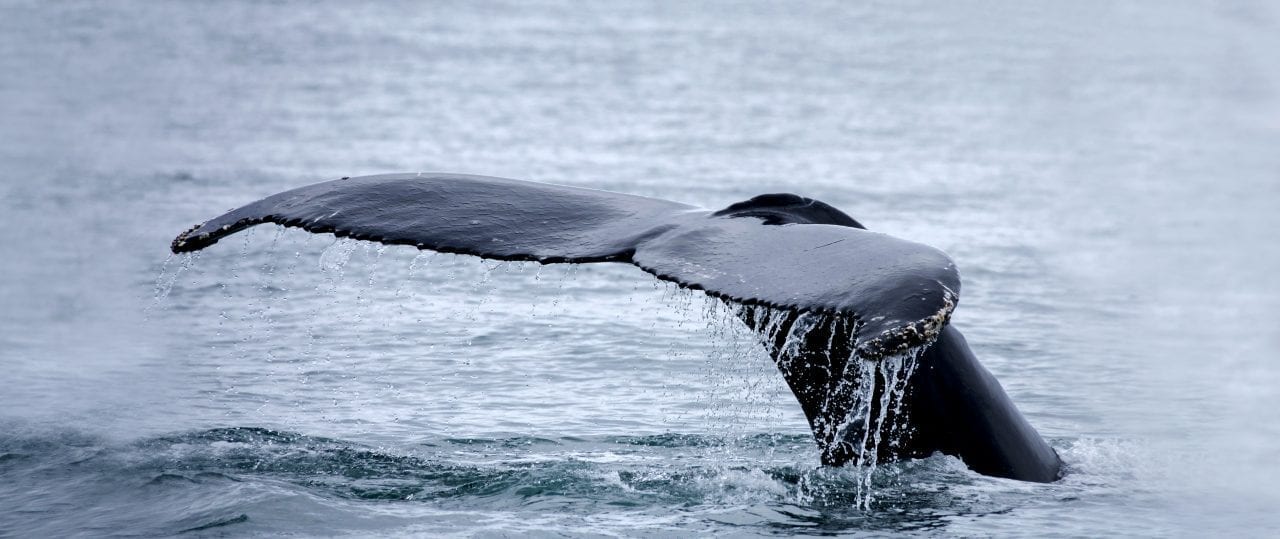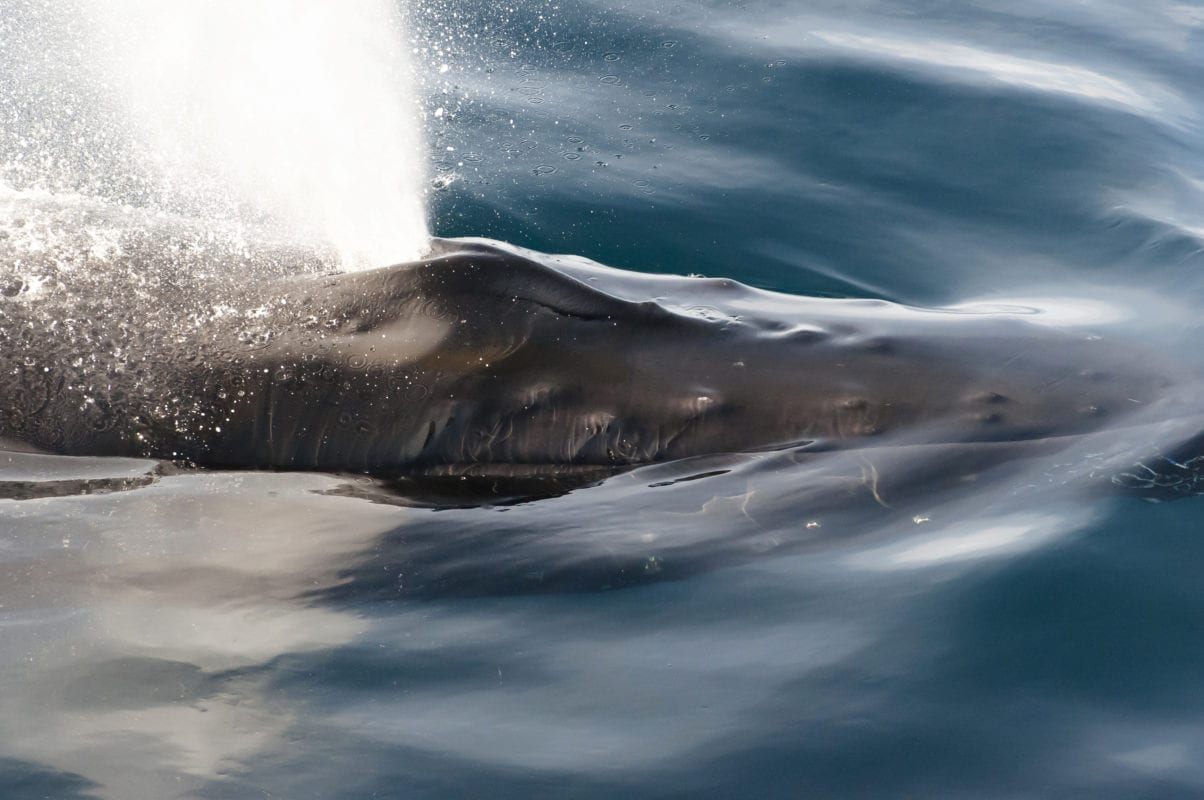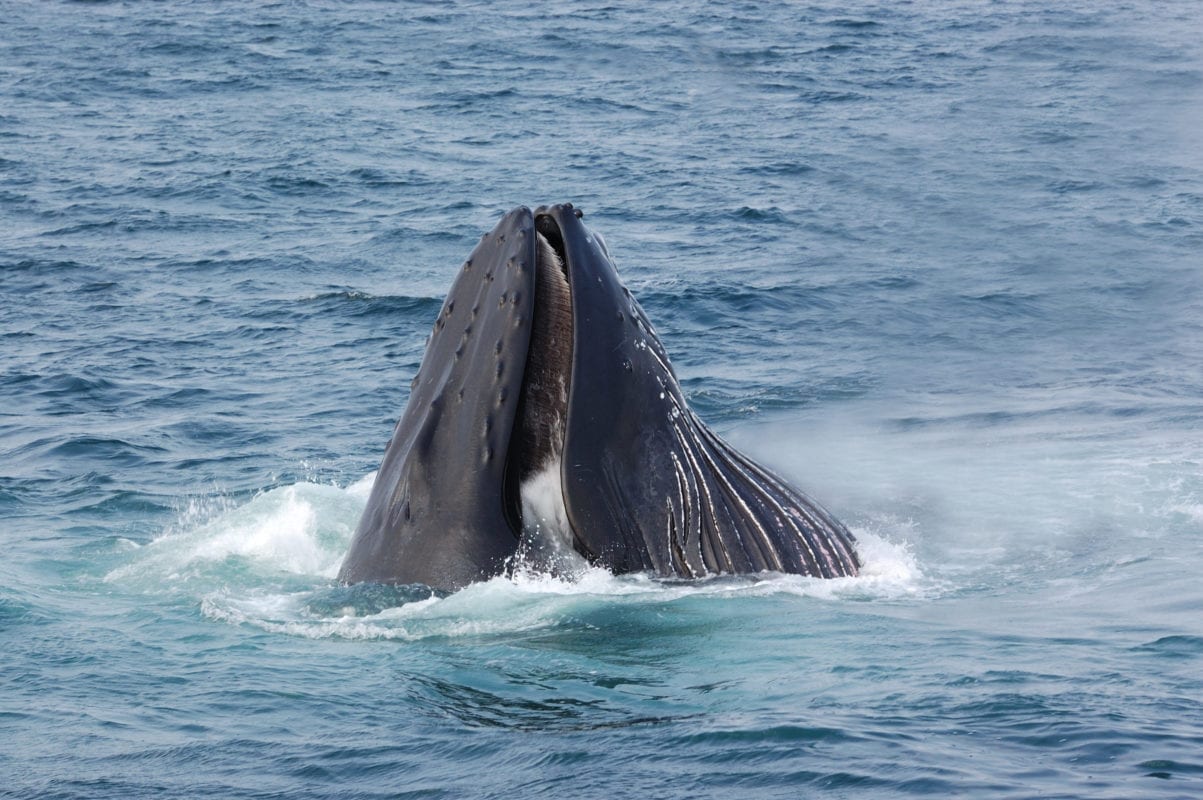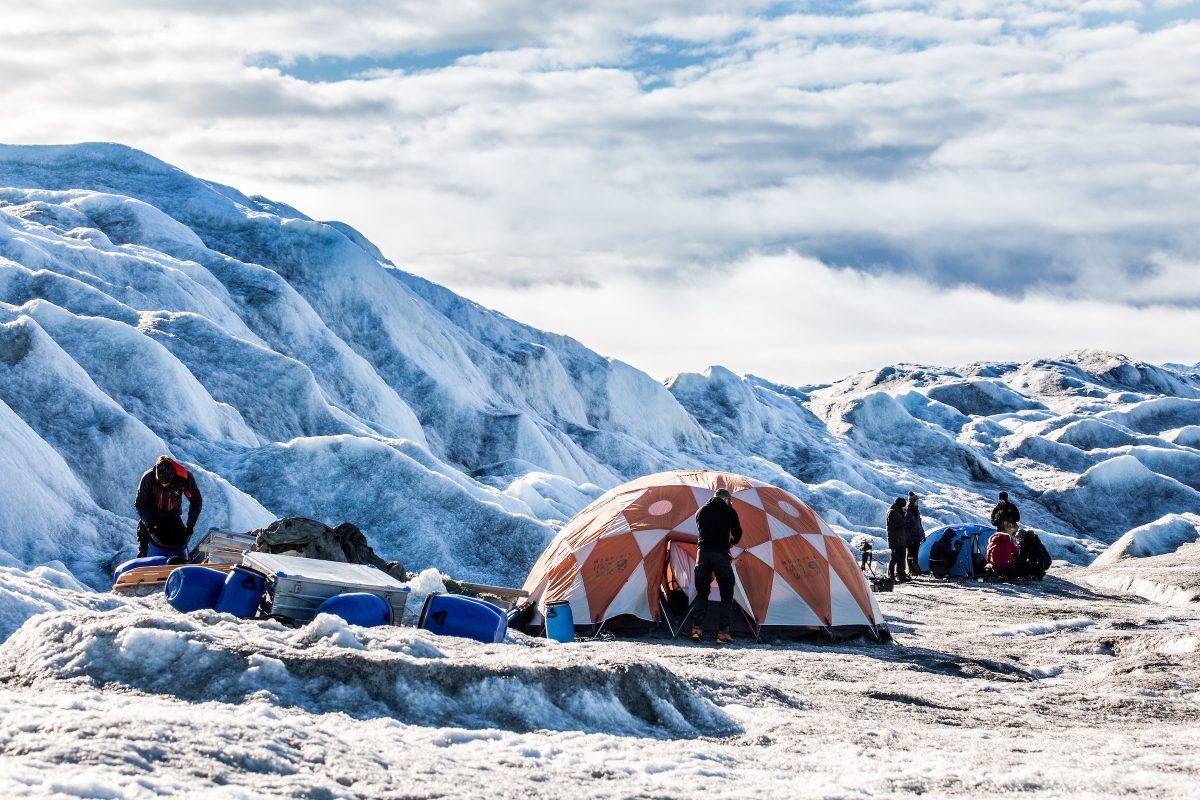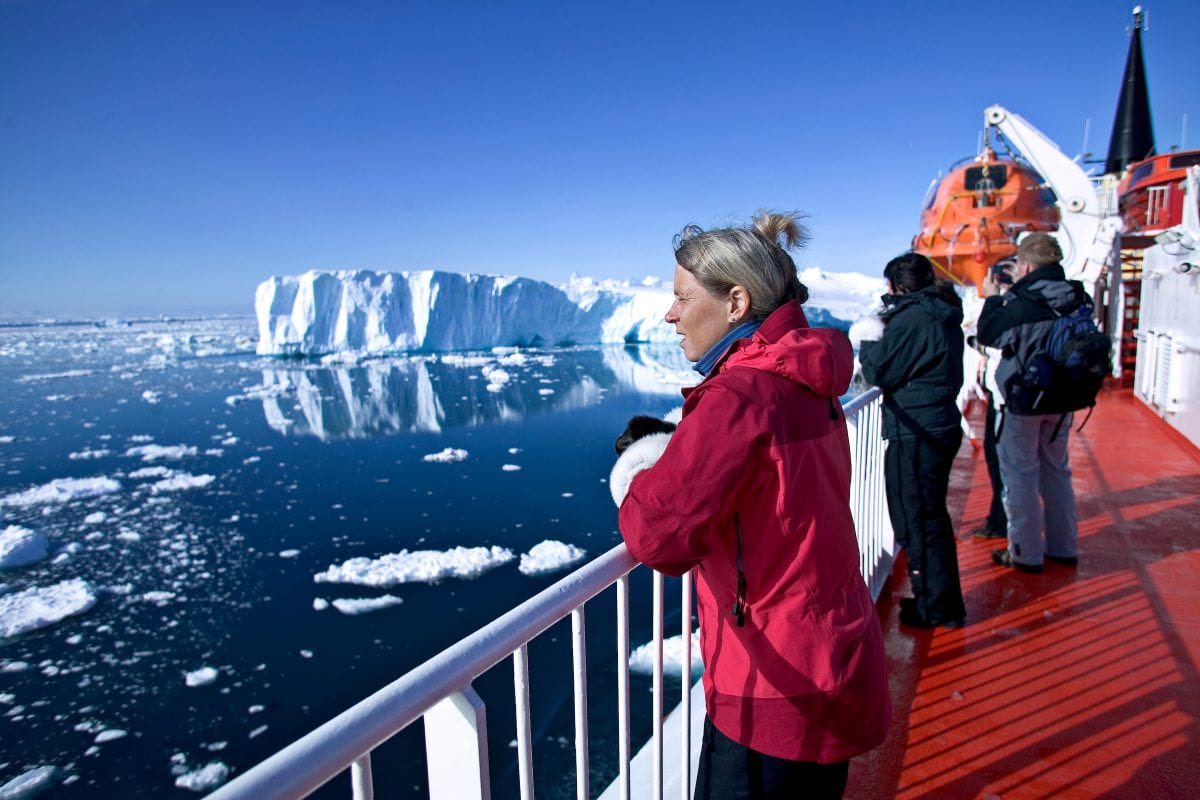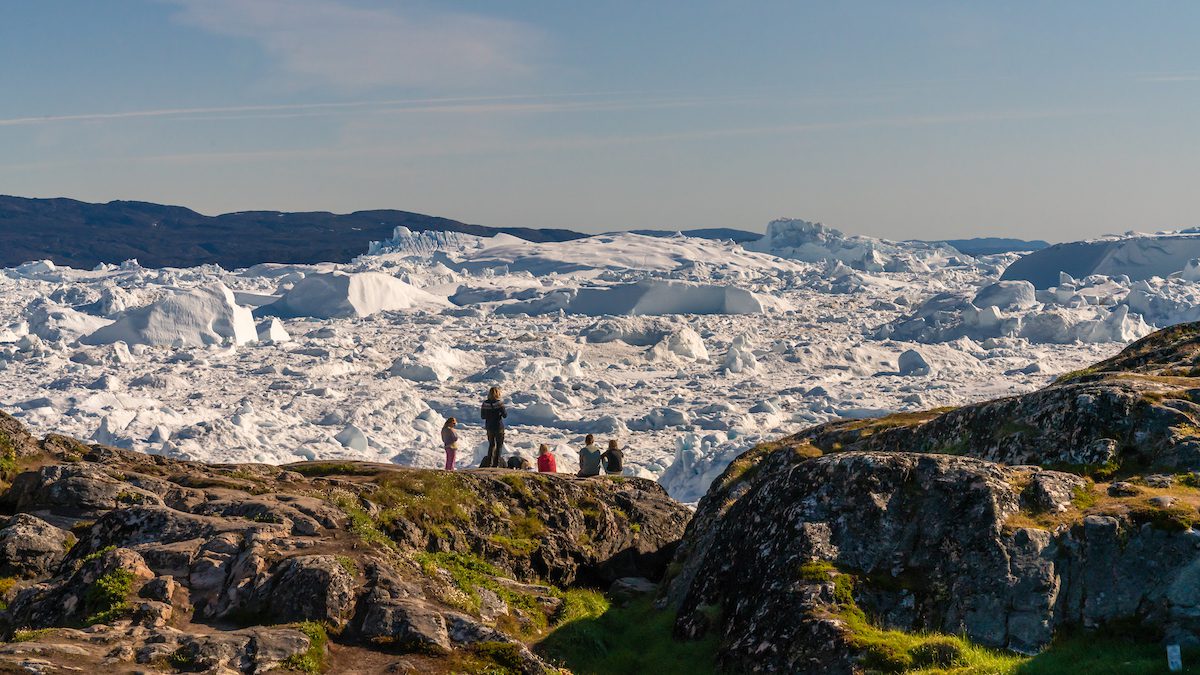The size of whales is impressive, and these amazing animals have a very special place in Greenlandic society, both in culture and in the old myths and legends.
You can see whales in many spots along the Greenland coast. The most common whales you will see are the very large and powerful humpback whales, the slightly smaller and curious minke whales, and Greenland whales.
We can guarantee you that you will never forget the sight of these beautiful and incredibly large animals. Experience them as they dive into the depths of the sea with their tails up in the air!
If you are very lucky, you might see the amazing blue whale, which is the world’s largest mammal. It sometimes swims through Greenlandic waters.
The impressive whales in Greenland
Their size alone has made whales mythical creatures, and Greenland is home to numerous whales – especially in the months of summer. Silver Bay, Moby Dick and Disney’s Willie the Whale.
We have been fascinated by the giants of the sea for centuries. We can guarantee you that you will never forget witnessing the stunning animals dive tail-up, or – if you are fortunate enough – seeing them gambol at the surface.
Approximately 15 species of whales frequently appear in Greenlandic waters. Only three of them remain there all year: The beluga, the narwhal and the bowhead whale. Certain species like the blue whale and the killer whale only rarely are seen. However, the other species are represented in large numbers!
If you visit Greenland during summer, you have really good chances of spotting whales. The more time you spend at sea, the better are your odds.
By the way, did you know that hippopotamuses are the closest living relatives of whales?
The best time to see whales in Greenland
From the middle of summer to late fall you are almost guaranteed to meet whales near Paamiut in Southern Greenland, near Nuuk in Central Greenland as well as north of the Arctic Circle near Aasiaat, in the Disco Bay and near Uummannaq. We say ‘almost guaranteed’ because whales are independent animals, and they obviously do not appear just to please us.
Already in April and May, your chances of seeing bowhead whales near Qeqertarsuaq are good. A great tip is to remain close to the skipper or other on-board staff as they are trained whale spotters.
Regardless of whether this is your first, second or tenth whale safari, you cannot help but be excited every time the large animals come close. Just like with the rest of Greenland’s nature, you will quickly feel very small in this world.
The best places to spot whales in Greenland
Both the sea and the fjords are swarming with whales. Whales live where their food is. They feed on krill, plankton and shoals of small fish, so they follow their food. Fortunately, some whales are also fond of certain places. This makes specific regions in Greenland particularly suited for whale safaris because the chance of whale sightings there is high. These places include Southern Greenland, the Disco Bay, near Maniitsoq and in the large system of fjords near the capital, Nuuk.
The majority of tourists plan a visit to the Disco Bay and the town of Ilulissat where you stand really good chances of getting close to the whales. The Ilulissat Icefjord is highly popular among whales as the large quantity of ice masses and movements in the water offer great conditions for finding food.
